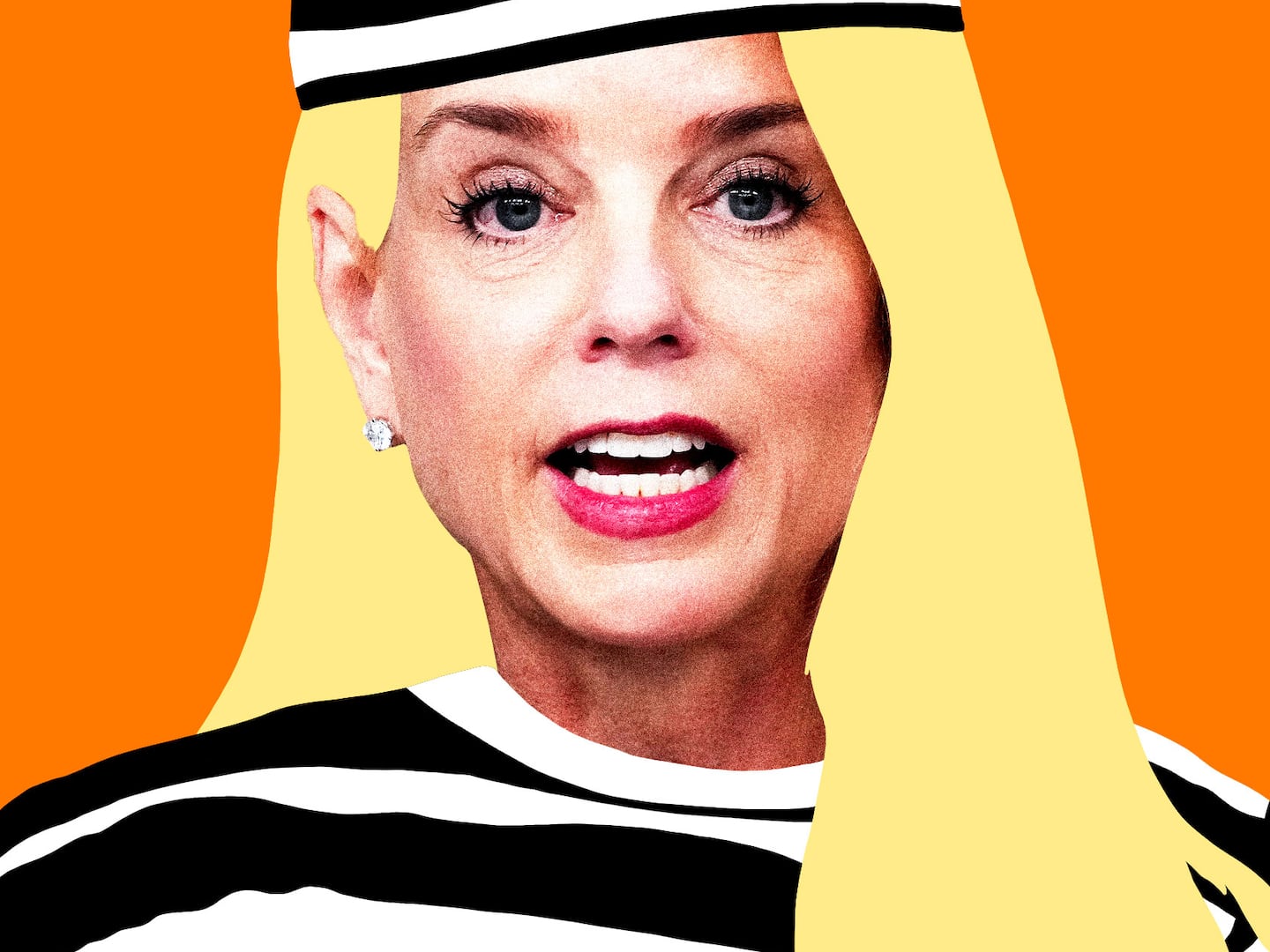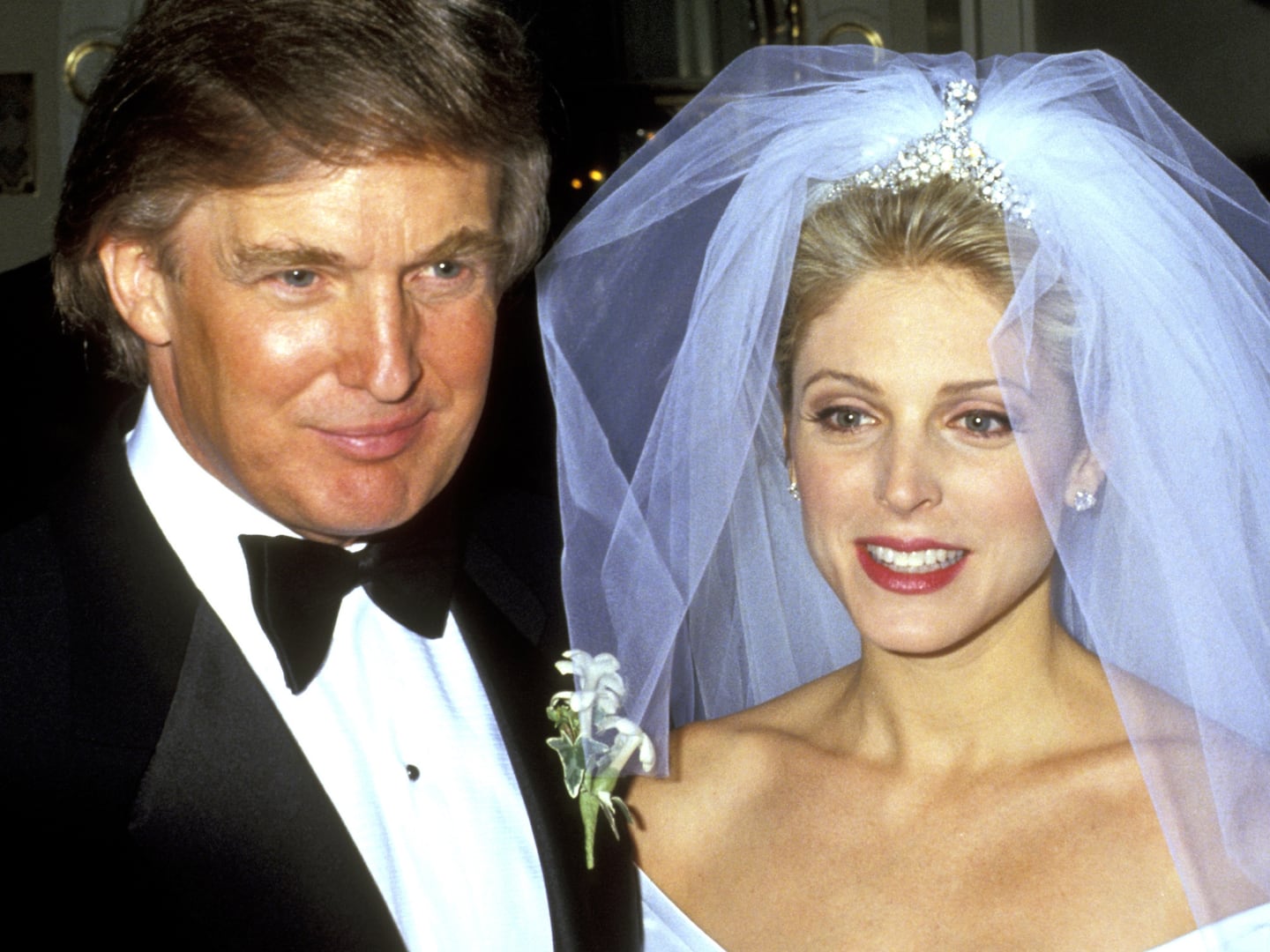Most high school seniors have received their college acceptance letters by now, but for some the waiting game isn’t over. Many steadfast seniors are continuing to hang their hopes on the elusive waitlist, which has taken on a greater significance as of late. Last year saw a marked jump in the number of students placed on waitlists around the country, and this year the trend continues, say college advisers and admissions officers.
In a year where selective schools saw record numbers of applicants, the waitlist might be a student’s last hope of getting a name-brand bid. It’s not that more high school seniors are applying to college, but rather, prolific seniors are sending out more applications per person, making it a lot harder for colleges to predict who’s going to say yes on May 1st. “The yield is more unstable than ever,” says Henry Broaddus, dean of admissions at the College of William and Mary, which offered 3,246 students a place on the waitlist this year compared with 3,654 last year—both tallies a lot larger than years past. The school enrolled 192 students off the waitlist last year. “That's high use of the waitlist for us, and there have been plenty of years in which we admitted few or none,” says Broaddus. “At a certain point the admissions office starts to be less about using empirical models and more about behaving like a gambler.”
In 2009, 34 percent—or one in three—of waitlisted students got the green light to matriculate, according to the National Association for College Admission Counseling (NACAC), a noteworthy increase from 30 percent in 2008 and 2007, and from 29 percent in 2006. “I think 2009 was the shift in the economy and that may have been the thing that prompted the expansion of waitlists going forward,” says Jenny Rickard, chief enrollment officer at Bryn Mawr College in Pennsylvania, who notes that the school’s waitlist jumped from 213 students in 2009 to 392 last year, and has settled to 320 this year for a class of only 365 freshmen. “There was more uncertainty in peoples’ decision-making process.”
What’s more, decision tables that have worked to predict yields in the past aren’t holding up any longer. “The economy has made everything more difficult and it’s harder to trust previous experiences and previous models,” says Chris Munoz, vice president for enrollment at Rice University in Houston, Texas, which has 1,359 students on its waitlist this year. “Some universities are being more aggressive in their pricing and offering merit scholarships at higher amounts, further impacting decisions.”
For the past four years, Rice placed students on a waitlist, but its models were so spot-on, it either took no one or as few as two students from that list—until last year, when it took 131 waitlisted seniors. It’s still too hard to tell what will happen this year, says Munoz, but the trajectory of deposits is higher than they were at this time last year. Other ballooning waitlists: Cornell offered 2,988 applicants waitlist spots this year compared with 2,563 last year; Yale University offered 996 students a spot this year compared versus 932 last year; and Dartmouth College extended 1,984 waitlist offers this year compared with 1,100 last year. Meanwhile, Princeton University and the University of Pennsylvania have had their waitlists dwindle slightly: Princeton offered 1,248 students waitlist spots down, from 1,451 in 2010; and U Penn waitlisted 2,400 students, down from about 3,000 last year.
Just because a school gives a lot of waitlist love to students at the outset doesn’t necessarily mean it will accept more from that list at the end.

But just because a school gives a lot of waitlist love to students at the outset, doesn’t necessarily mean it will accept more from that list at the end. Still, some college advisers say they’re seeing more of their students get in off the waitlists than in the past. “With students sending out more applications that means there are more schools they can’t attend,” says Sally Rubenstone, senior adviser at College Confidential. “Which means more use of the waitlist.” But, other college counselors warn students against postponing plans and pinning their hopes on a Hail Mary pass of making it off the waitlist. “It is hard to see what the difference is from a denial if you have 2,000 students on the waitlist,” says Barmak Nassirian, associate executive director at the American Association of Collegiate Registrars and Admissions Officers, a non-profit in Washington, D.C. “Realistically, that probably means nothing other than a no.” Or, as David Montesano, admissions strategist at College Match U.S., likes to put it: “A lot of schools will waitlist legacy kids or VIP kids as a courtesy. It’s also a no, but a nice way of saying no.”
So who does make it off the List of Limbo? Interviews with a handful of admissions officers show that the lucky few tend to be just that—lucky. Almost every admissions officer The Daily Beast spoke with responded that no, they don’t rank the waitlist. Rather, after the deposits come in on May 1, they take stock of the class and look to fill in obvious gaps. “We look at this as an opportunity to shape the class and fill holes that didn’t come through originally in the class,” says Rick Clark, director of undergraduate admissions at Georgia Tech. “For instance, we usually need more girls, so we may use more of our admits off the waitlist for girls.” Others talked about picking students to create a better geographic diversity or to increase programs that have lower enrollment. “If there are gaps with regard to academic interests or if we have orchestral or athletic needs” that’s how the waitlist is used, says Art Rodriguez, acting dean of admissions at Pomona College in California.
In fact, some schools are going even farther than the waitlist for borderline candidates, by offering admission with caveats. As the New York Times reported this week, more students are being offered delayed admission where they’re asked to enroll a semester later or even a year or two down the road. If the wait is as long as a year, freshmen will enroll at another university first and then transfer. The upside: students will have been advised which courses they need to take along the way, making the transfer easier. “There is a universal need for qualified incoming transfers,” says Nassirian of the collegiate registrars association. “It’s an offer and an enticement and a way of creating a little bit of attachment.” While these kinds of tactics aren’t commonplace, some schools like Cornell do have a program in place for it. Others, like New York University, accepted students this year with the condition that they spend their freshman year at the Shanghai campus, according to Mimi Doe, co-founder of Application Boot Camps. “My guess is so they come back sophomore year and essentially take the spots of those who dropped out,” wrote Doe in an email.
Admissions officers realize the waitlist is a frustrating place to be. While they don’t recommend waitlisted students camping out on the doorstep of the admissions office, they do say that applicants who want to remain on the list should definitely notify the school by May 1 and write a short letter or email stating any new academic achievements or developments that could help their case. Then forget about it and move onto Plan B. “For many of the highest-achieving students, this is the first experience they have had where doing everything they are supposed to do doesn’t always guarantee a specific result,” says Broaddus of William and Mary. “This process is a microcosm of important lessons, which are repeated in life.” In other words, it’s still a long shot so don’t get your hopes up.
Kristina Dell is an editor at Newsweek.com and runs the education website. Previously, she wrote for TIME magazine. Her stories have also appeared in the Wall Street Journal, the Washington Post, and Reader's Digest.






